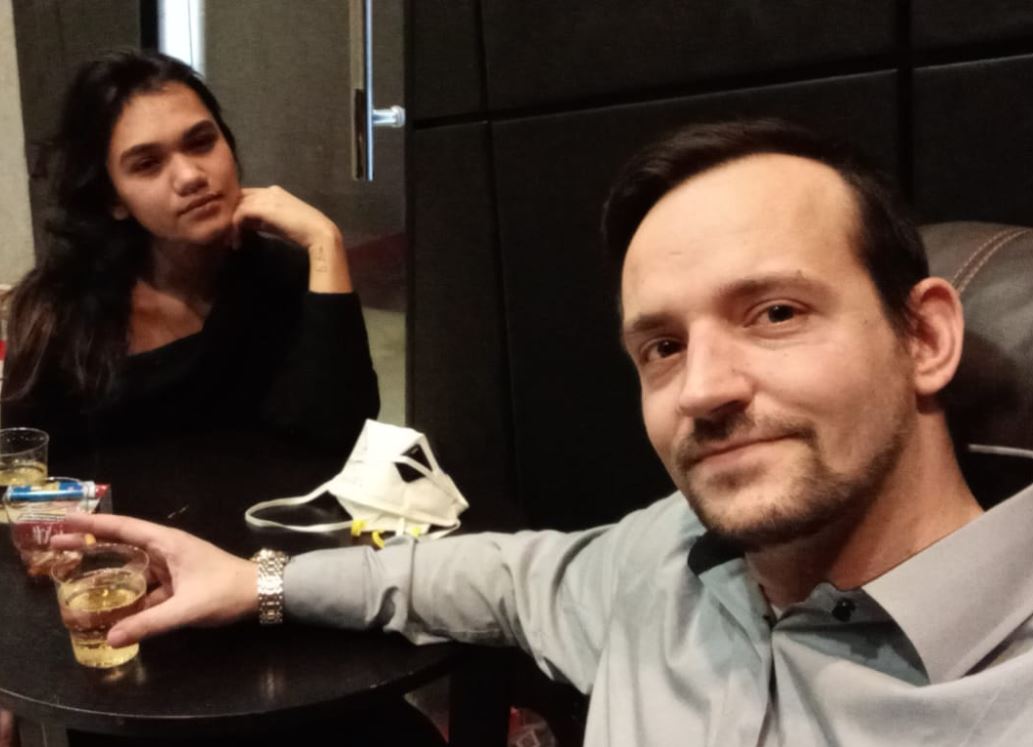Future of industry: IG Metall is fighting for every workplace in Saxony!
Dirk Schulze from IG Metall discusses 2025 challenges, savings and the coalition agreement in Brandenburg for industry and job security.
Future of industry: IG Metall is fighting for every workplace in Saxony!
The IG Metall district manager Dirk Schulze presented the challenges for industry in 2025 and emphasized that 2024 was an extremely economically difficult year, especially for industry in Germany. In order to secure the future of employees, IG Metall relies on cohesion and solidarity. A central point is the transformation of industry, which is to be designed together with the workforce.
For this, IG Metall has presented an 11-point plan for good jobs. This plan requires both state and entrepreneurial investments and includes important points for the future federal government, such as calculable electricity prices, the expansion of the electrolade infrastructure and the reduction of the debt brake. With a debt rate of 63% of GDP, Germany has the lowest quota among large western industrialized countries. In the context of the upcoming tariff rounds, for example in the vehicle trade, the steel industry and in textile services, IG Metall strives to implement the 35-hour week.
measures for job protection
Dirk Schulze welcomes the coalition agreement in Brandenburg as a positive signal for industry and social cohesion. In Saxony, a government -capable government is required that is committed to industry and social cohesion. In Berlin, on the other hand, budget cuts can be determined, which, however, require more investments in social areas and industry.
A positive example is the compromise achieved at Volkswagen, which prevents mass layoffs and offers employment securing by 2030. However, there are job cuts and uncertainty in the room in other companies such as Alstom, Mercedes and ZF. IG Metall fights for every workplace and thus for the future of the German economy. In addition, there are challenges at Tesla in Grünheide, where anti -union management makes progress in working conditions.
In addition, the IFO Institute for Economic Research reports that East German industry has better coped with Corona pandemic than its West German counterparts. Nevertheless, long -term effects of the pandemic of East German companies could hit particularly hard. A worrying aspect is that 67.5% of East German companies have fewer than 500 employees, which often leads to financial restrictions on investments and qualifications.
In addition, many small and medium -sized companies in East Germany suffer from banks from banks due to the restrictive lending. Another problem is the lack of corporate headquarters, which means that many companies act as extended workbenches. Almost half of East German companies have no own research and development departments. In view of this situation, transformation in East Germany requires targeted solutions for climate protection, digitization, demographic development and new technologies.
IG Metall therefore calls for a targeted regional structural policy to support industry. Together with works councils, IG Metall sees itself as the driver of this regional structural policy. A “four-point plan for securing the Saxony Industrial Location” discussed in June includes suggestions that were partially taken up by the state government. Wolfgang Lemb from IG Metall emphasizes the need for a Saxon industrial gold to ensure liquidity.
In addition, the IG Metall stimulated numerous auxiliary measures during the Corona crisis, including liquidity aids, unlimited loans and tax stops. However, these auxiliary measures are to be linked to conditions such as employment and investment steering. In addition, IG Metall will monitor the use of 600 million euros in structural aid from the EU for East Germany.
-transmitted by West-Ost-Medien

 Suche
Suche
